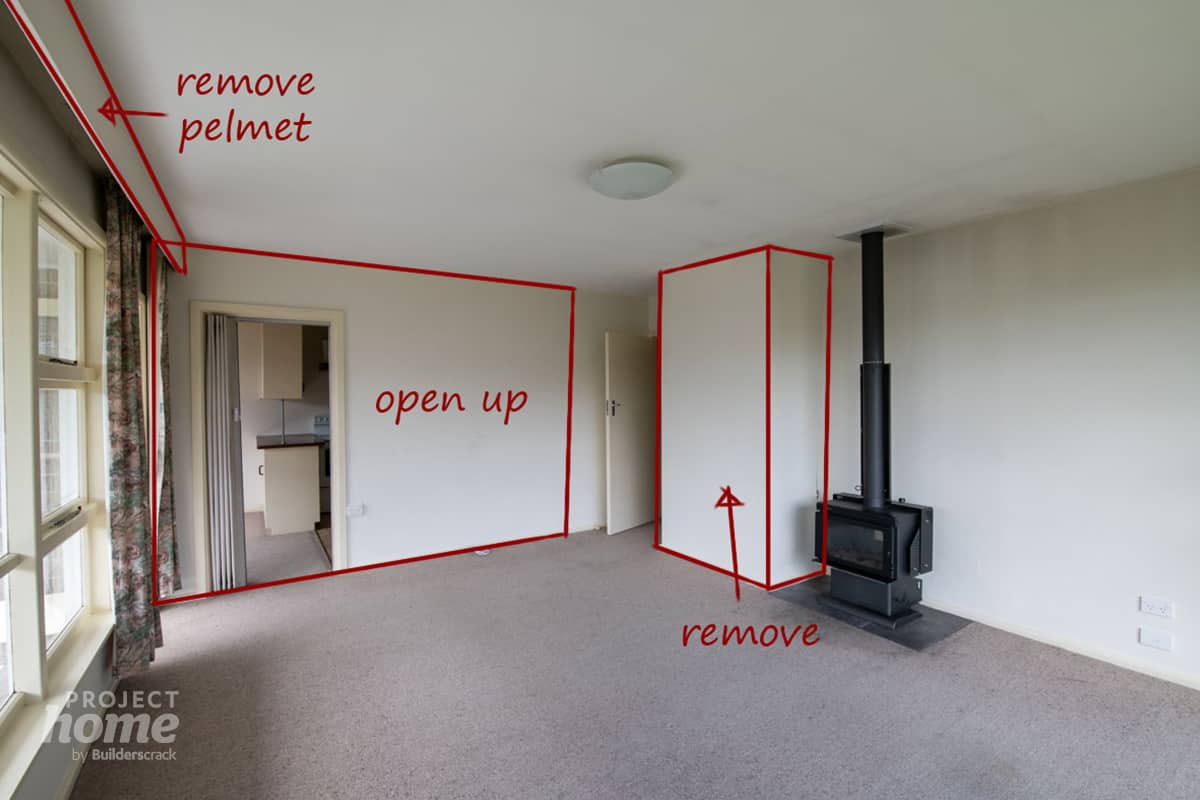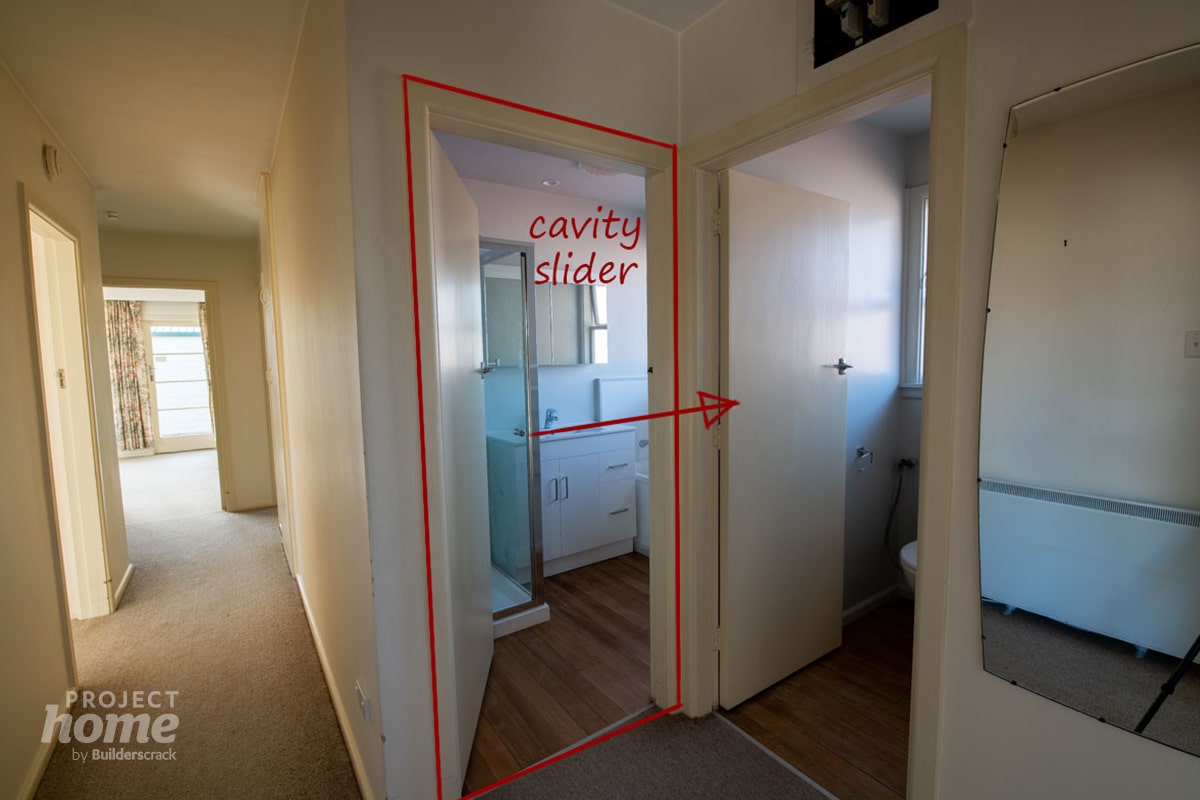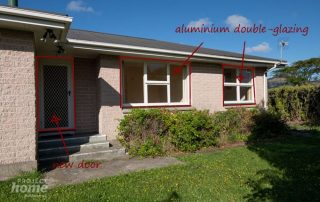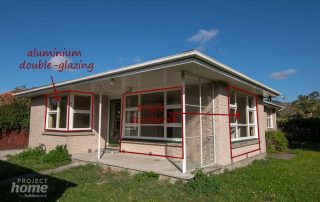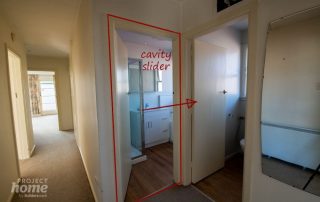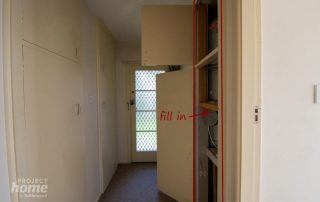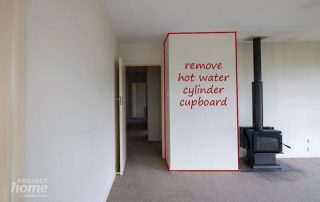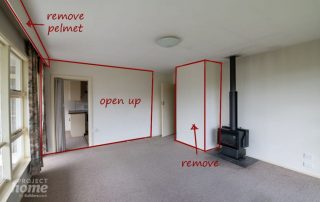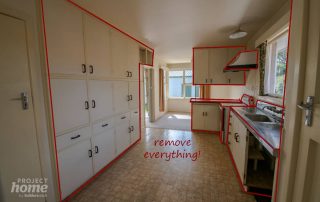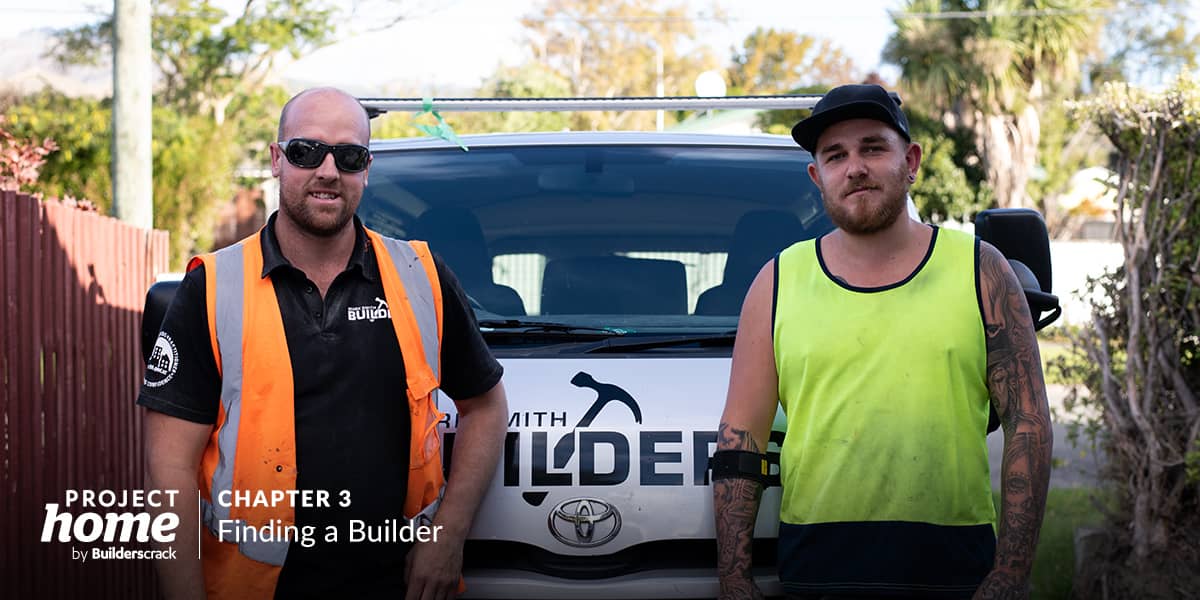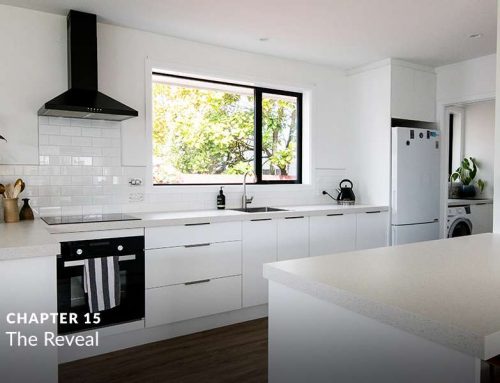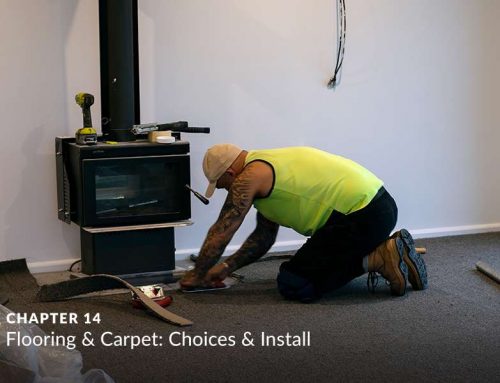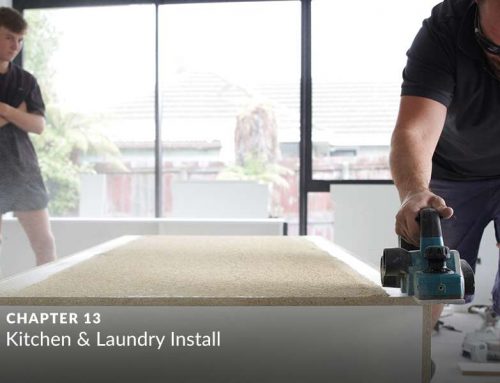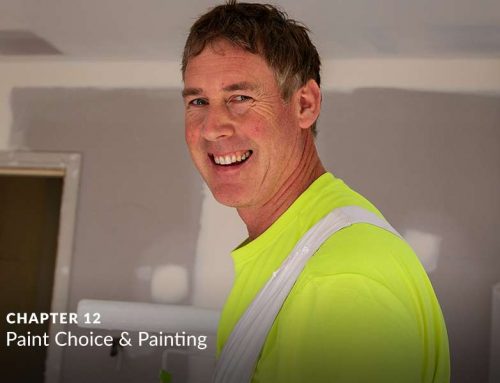In this series, we follow a Christchurch couple in their bid to turn their 1960’s fixer-upper, from a retro rental to a modern home.
If you’ve ever considered buying an older home but have lacked the confidence to tackle something totally outdated, this guide is for you. It’s a whole lot of fun, and not as hard (or anywhere near as risky) as you might imagine.
In the previous chapter, we learned about the process of house hunting, deciding on a budget and evaluating what’s on offer.
In this chapter, we look at how Jeremy & Alana create and refine their vision for the house they purchased. Creating a set of practical jobs, that could be communicated clearly to various tradespeople to complete.
Where did the inspiration come from? And how can you come up with your own?
So, house is purchased and now in your possession. What’s next?
After several month’s of searching, bidding, putting in offers and generally attempting to find the ‘perfect’ home, Jeremy and Alana have settled, on a more or less original, 1960’s Summerhill stone home to be the subject of their ‘buy to renovate’ dream. With great bones, no earthquake damage apart from minor cosmetic plaster cracking and a quiet, sunny setting – it’s time for work to begin!
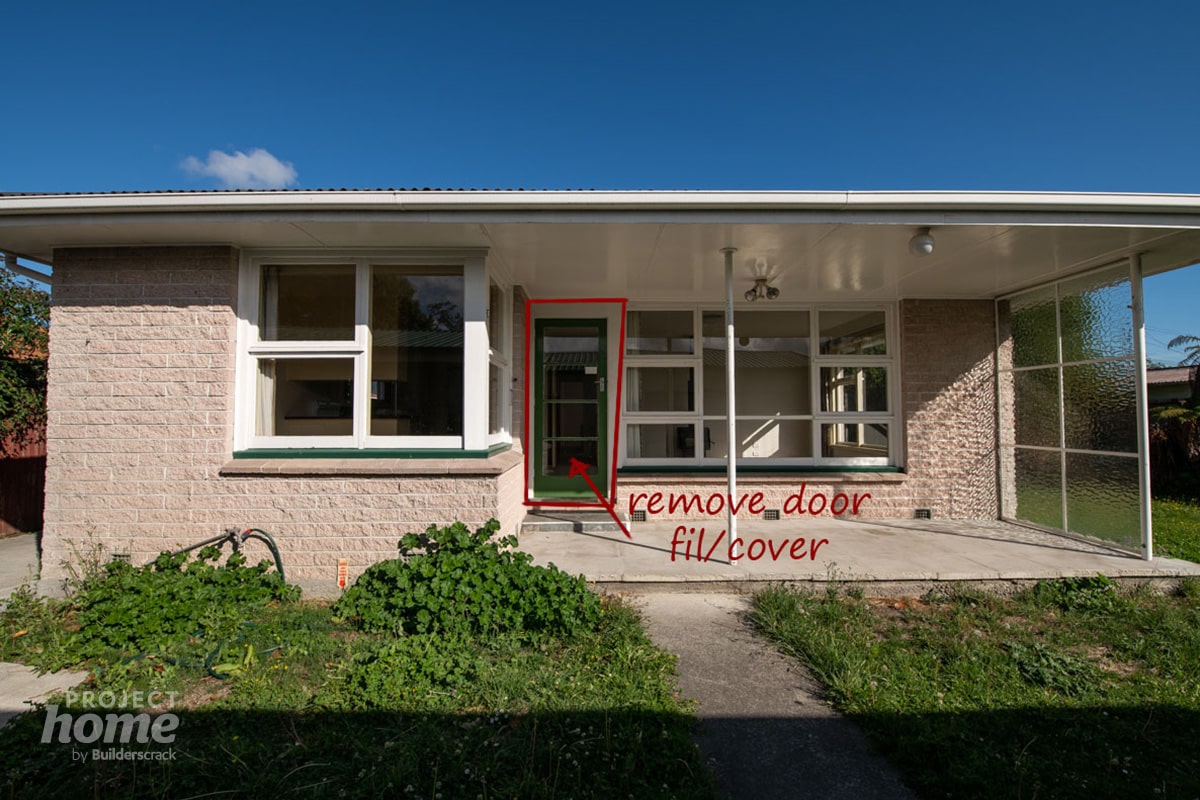
Where did the inspiration come from?
With a substantial cache of carefully selected magazine pages and lovingly curated Pinterest boards; and enough compromise under their belts to inspire world peace; Jeremy and Alana now have the job of applying that inspiration to their house. The aim, to come up with a set of specific tasks ready to hand over to tradespeople.
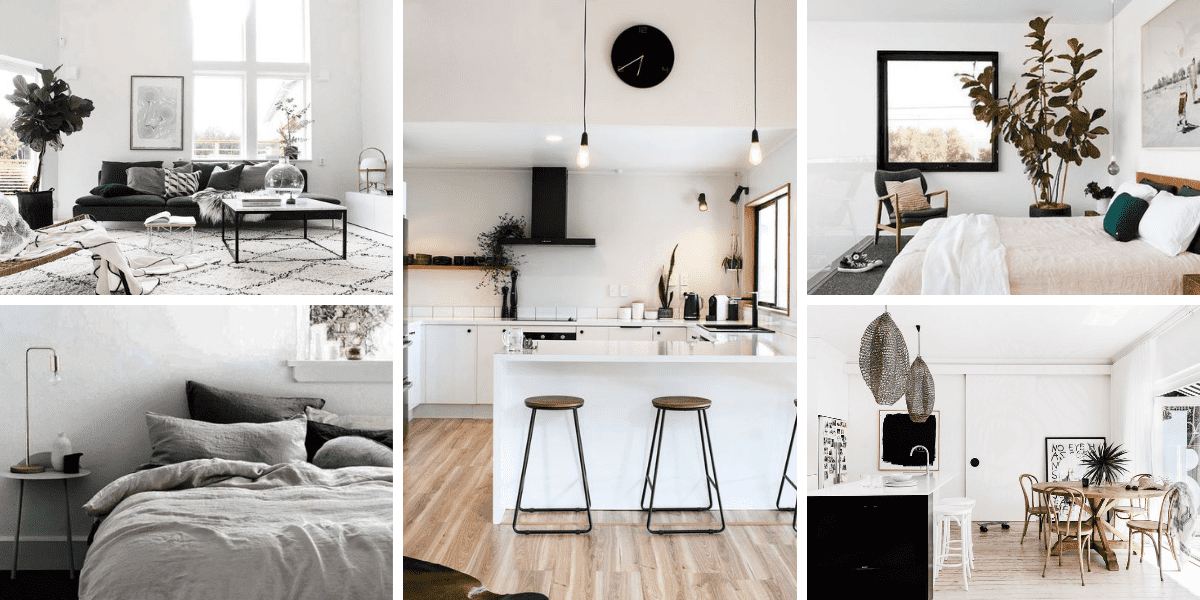
How did you apply your inspiration to this actual house?
With a substantial cache of carefully selected magazine pages and lovingly curated Pinterest boards; and enough compromise under their belts to inspire world peace; Jeremy and Alana now have the job of applying that inspiration to their house. The aim, to come up with a set of specific tasks ready to hand over to tradespeople.

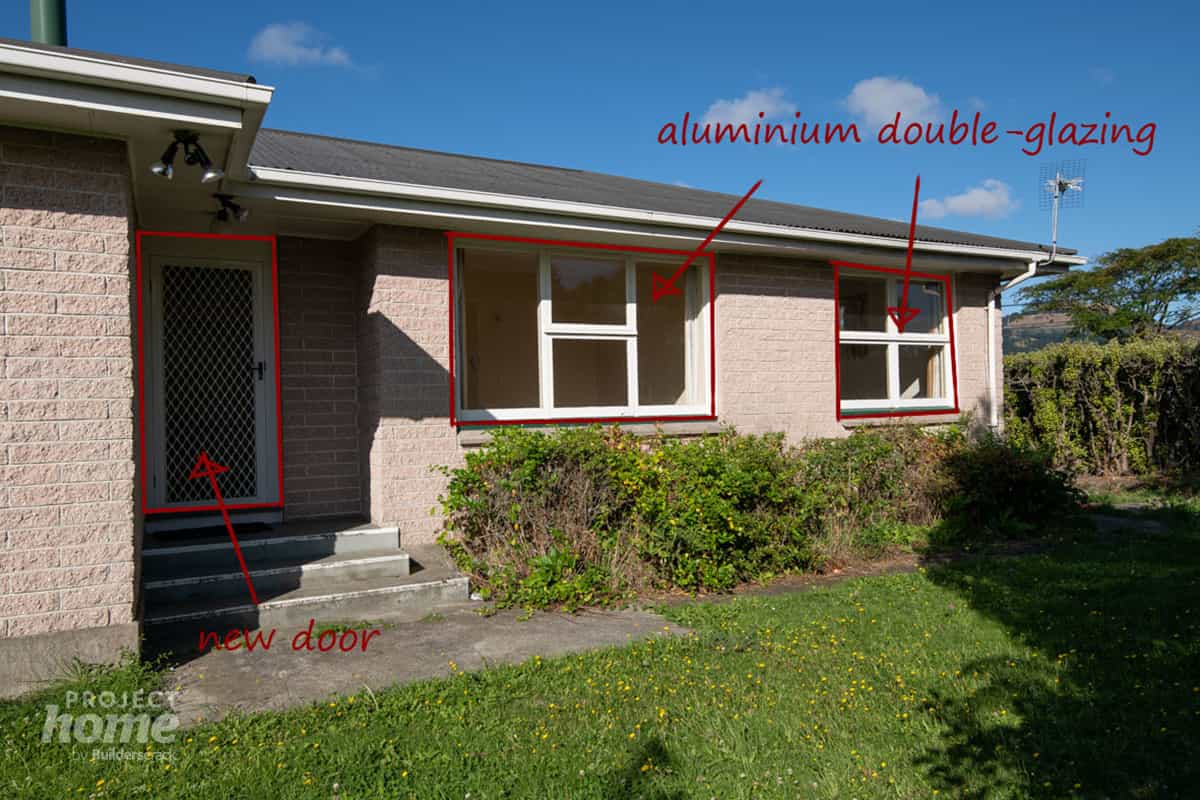
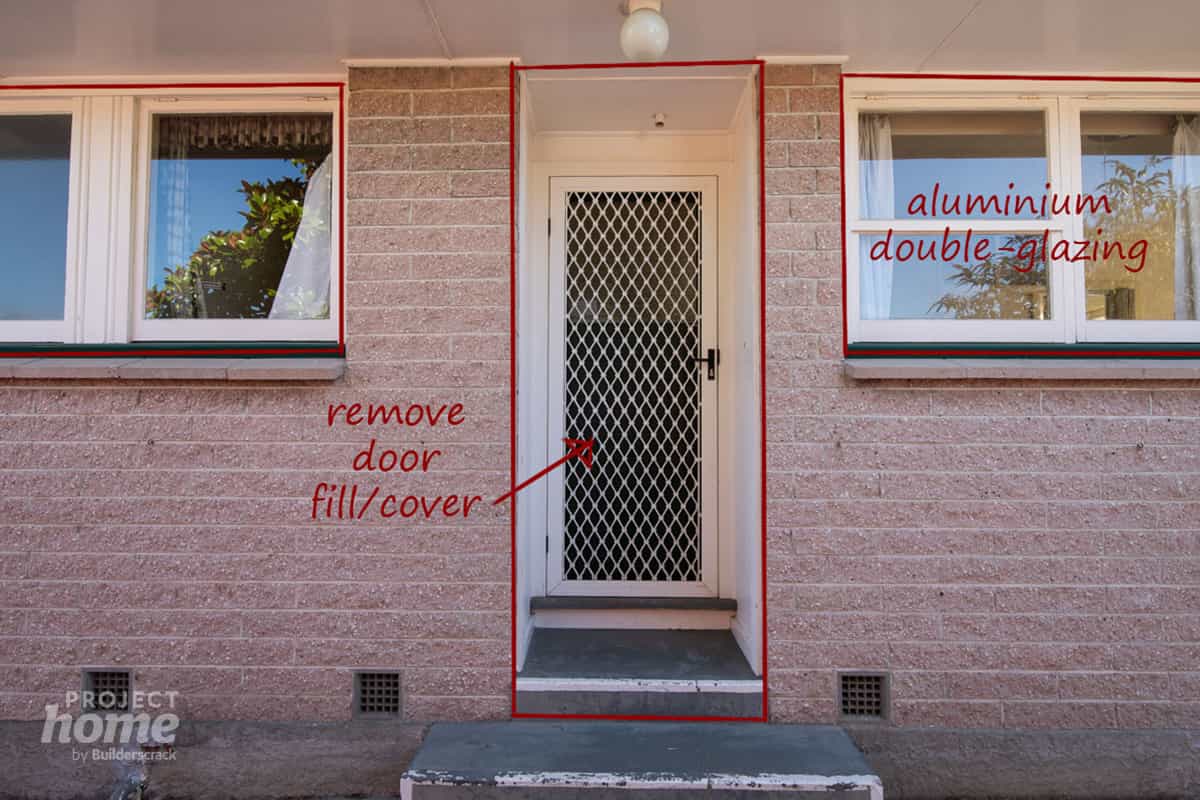
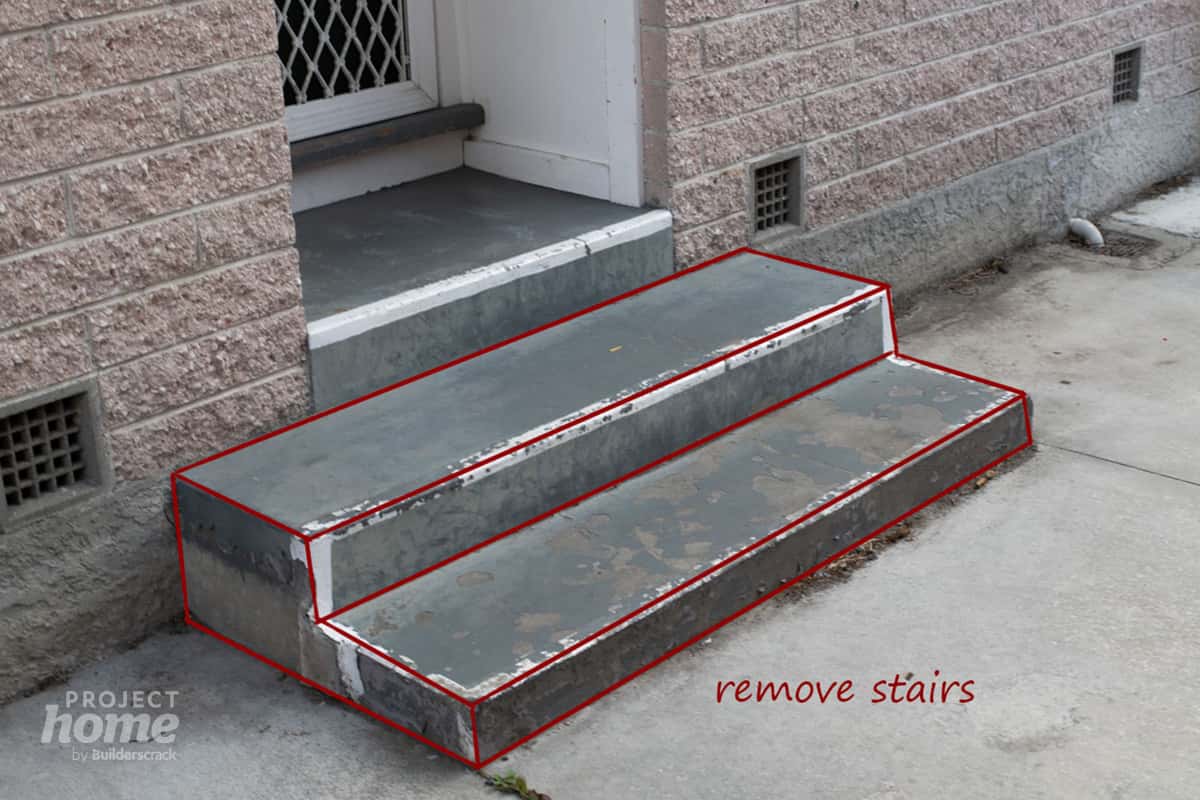
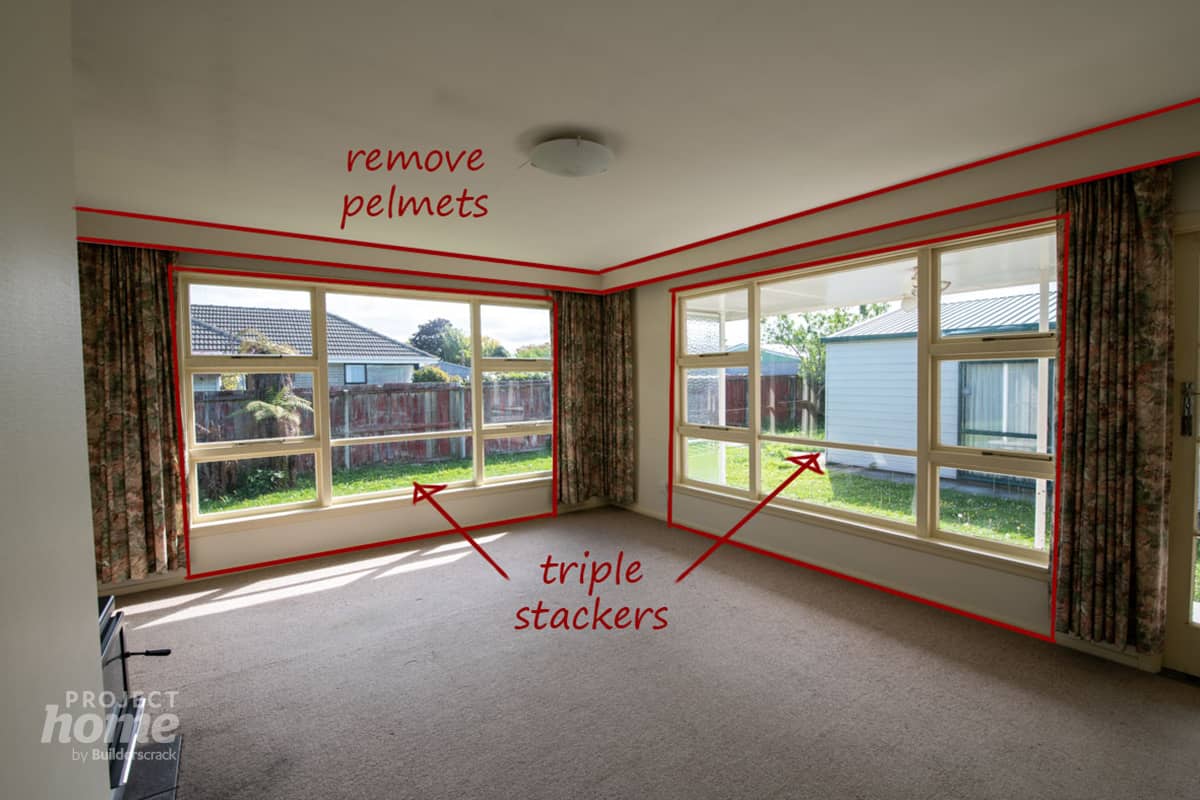

With the loose plan outlined, what was the next step?
